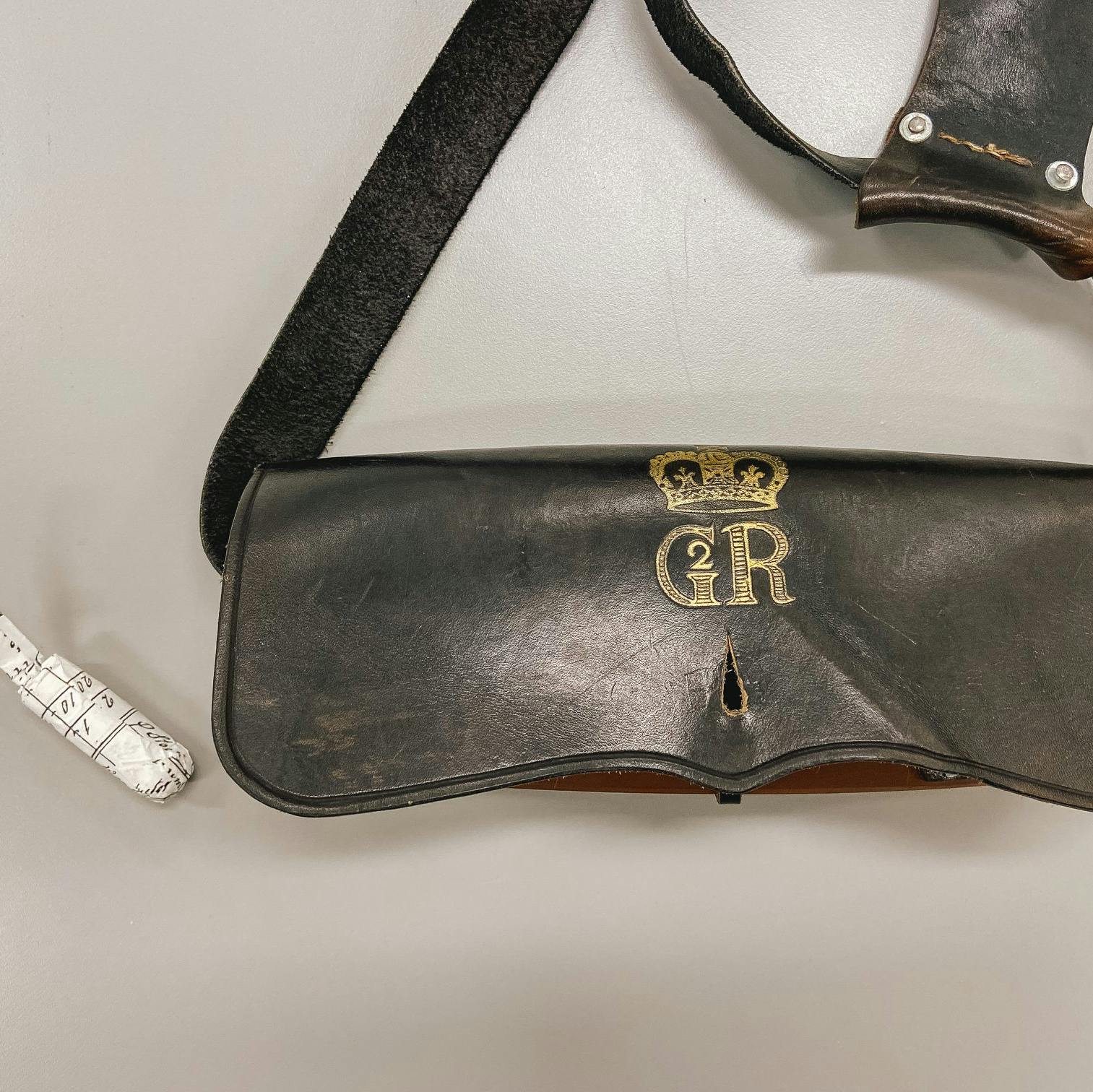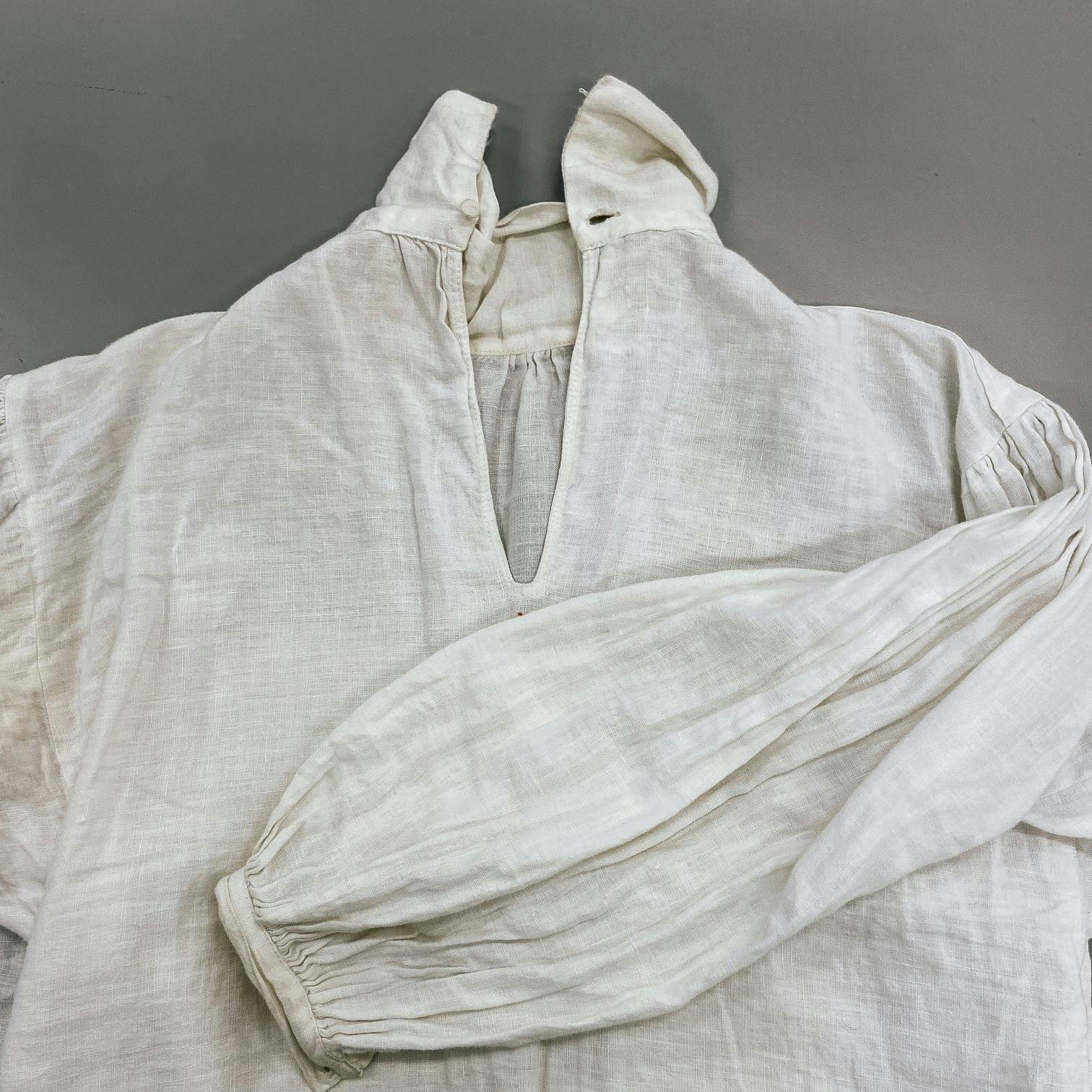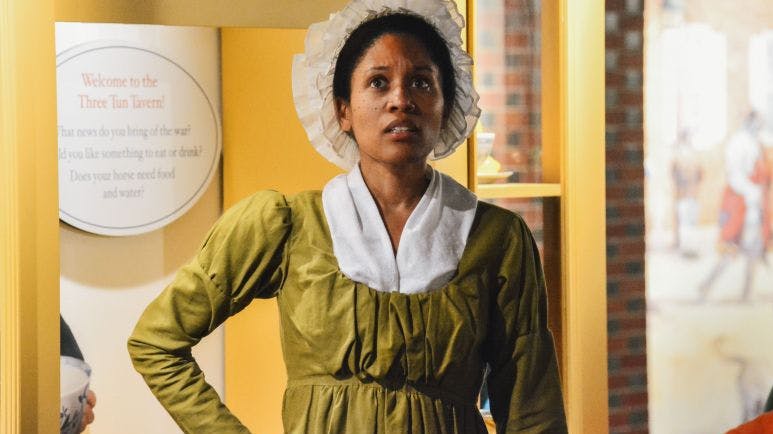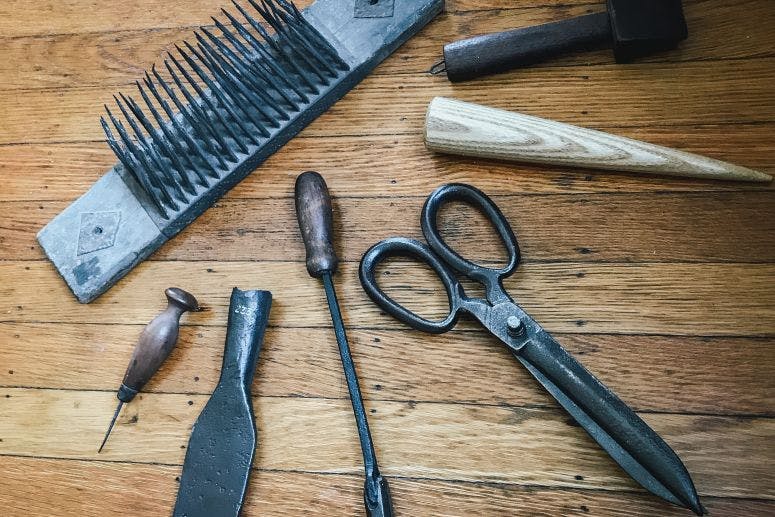Harry Washington Discovery Cart
June 19, 2020
Harry (Henry) Washington was born in West Africa in the mid-18th century. His exact birth name, birthdate, and location of birth are unknown. In 1763, Harry was captured, transported to Virginia, and purchased and enslaved by George Washington. After being enslaved, Harry worked on a project to drain the Great Dismal Swamp in southeastern Virginia from 1763-1766. He was then sent to Mount Vernon, where he began to work as a groom, a worker that tends to the horses, a daily and never-ending task especially considering the numerous horses on the estate.
Harry first attempted to escape in 1771, fleeing to New York, but was brought back. In early 1776, he attempted to escape again with the opportunity provided to him by the "Dunmore Proclamation," which offered freedom to enslaved people who fled their Revolutionary enslavers to fight for the British Army. Harry would never return to Washington’s estate.
Harry was placed in Dunmore's Ethiopian Regiment with other free people of African descent and rose to the rank of corporal. The Ethiopian Regiment was eventually disbanded in New York, but veterans of the regiment were later reformed as the Black Company of Pioneers, or Clinton’s Black Pioneers, a non-fighting group tasked with military engineering, like clearing roads ahead of the British Army for safe passage. This unit served in Philadelphia, for example, during the British occupation of 1777-1778.
After the Revolutionary War, Harry escaped, like thousands of others, on British ships evacuating the city of New York. He was dropped off in Nova Scotia, where he and other now-free people of African descent founded the hamlet of Birchtown. He then joined a government-funded exodus in 1792 to the colony of Sierra Leone in Africa, where in 1800, he and other free people of African descent led a revolt against the Sierra Leone Company, which controlled the colony under the British government, and declared their independence.
The British quelled the revolt, and Harry was exiled to the north coast of Sierra Leone, where he died soon after. Having fought for the British and against them in two Revolutions, Harry Washington reminds us of the complicated decisions and unpredictable future faces by people who lived through the eighteenth century.
Explore replica objects related to the life of Harry Washington at our digital discovery cart.

Government Set
Each soldier in the Ethiopian Regiment was issued a government set to house ammunition. This set served as the default accoutrement set and was probably issued out to these soldiers.

Shovel or Spade
After the Ethiopian Regiment was disbanded in 1777, Harry was placed in the Black Pioneers and Guides, these served as military guides and engineers. They used shovels like these to dig fortifications and build roads.

Horse Brush
Harry, before his runaway, worked as a groom in the stables for George Washington. He would have been very acquainted with horseshoes.

Lord Dunmore's Proclamation
Harry escaped Mount Vernon after Dunmore’s Proclamation, like hundreds of others, and it would be good for guests to see what drove many people to brave death.

Shirt
Harry served along with other African Americans in the British "Ethiopian Regiment" in 1776. Those soldiers wore shirts like this one with the addition of a slogan: "Liberty to Slaves."
The Harry Washington Discovery Cart was released online as part of the Museum's commemoration of the 155th anniversary of Juneteenth, which included a performance of the one-woman theatrical piece Freedom on the Horizon with actress and historical interpreter Nastassia Parker as she portrays Ona Judge, an enslaved woman who ran away from George and Martha Washington’s household in Philadelphia, as well as a mini lesson plan on Lord Dunmore's Proclamation.
Learn More

"Freedom on the Horizon" Performed by Nastassia Parker

Artisans and Makers Discovery Cart
